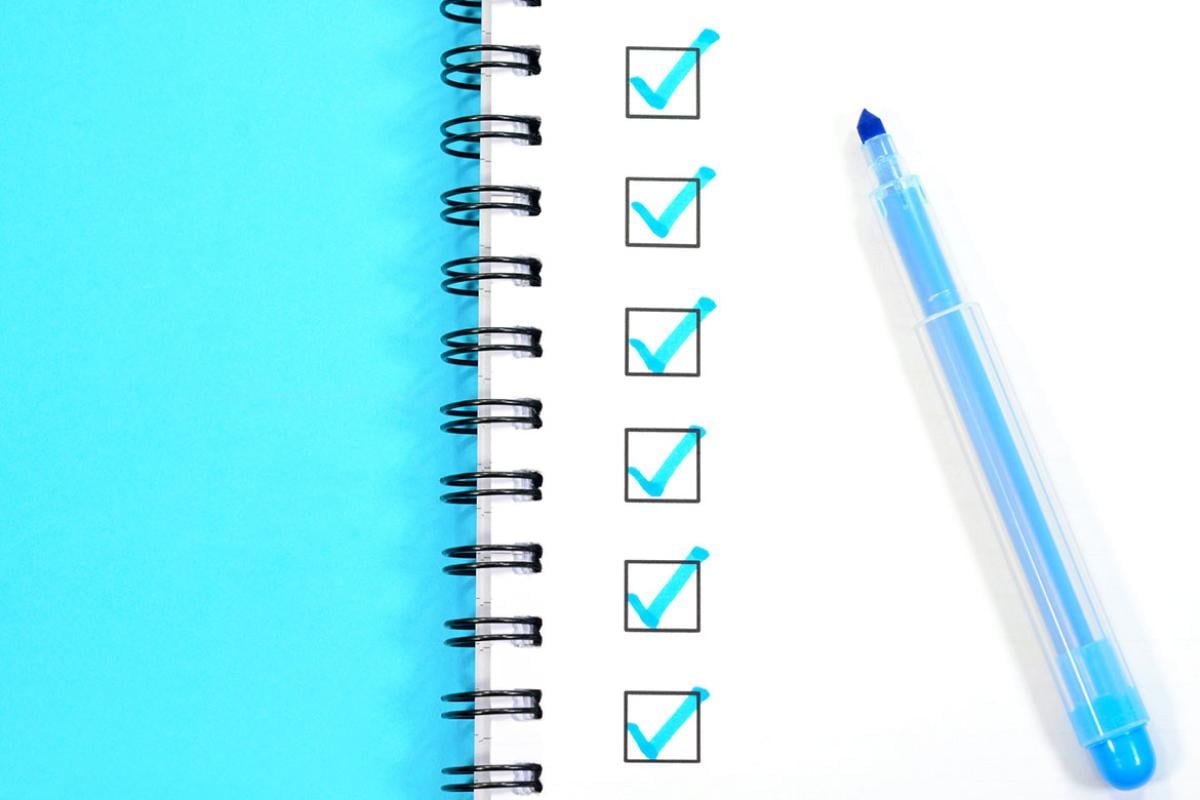If the human cost of COVID-19 hasn’t been anguishing enough on its own, members of the medical profession and the public have also, from the outset, had to deal with a relentless barrage of misinformation about the pandemic and the public health response to it.
During a recent two-part “Ethics Talk” videocast from the AMA Journal of Ethics® (@JournalofEthics), Vish Viswanath, PhD, professor of health communication in the Department of Social and Behavioral Sciences at the Harvard T.H. Chan School of Public Health, outlined how the explosion of medical information before the pandemic set up this communication quandary and explored what physicians can do to put the conversation back on the right track.
Know what’s realistic
Physicians working individually can’t tackle the totality of misinformation about SARS-CoV-2, either in the exam room or online, Viswanath said. Their time with patients is limited, and vanishingly few physicians have social media followings that rival those of celebrities, politicians and citizen journalists.
“It would make it very difficult for them to chase every bit of misinformation out there and then try to refute it,” he said. “I think that's almost an impossible task.”
That’s where physician organizations such as the AMA can provide critical support, he noted, “as gatekeepers and as arbiters of sound and fact-based, evidence-based information.”
The AMA is closely monitoring the COVID-19 pandemic. Learn more at the AMA COVID-19 resource center. Also check out pandemic resources available from the AMA Code of Medical Ethics, JAMA Network™ and AMA Journal of Ethics, and consult the AMA’s physician guide to COVID-19.
4 ways to make a difference
The good news is that physicians remain the most trusted source on COVID-19 information, Viswanath noted. Here is what individual physicians can do to counteract misinformation about SARS-CoV-2.
Tackle the big stuff first. “It's very difficult to chase every tweet out there,” Viswanath said. “At the end of the day, you have to think about … what is my obligation to evidence? What is my obligation to my profession?”
Embrace your role with journalists. “Physicians as a group have tremendous credibility, and journalists, when they cover news, do rely on physicians,” he explained. “I continue to bemoan the fact that journalism, especially local journalism, is waning. But journalists, national journalists, still remain important and critical gatekeepers. And certainly, we can influence through the gatekeeping function of journalists.”
Focus on sound advice, not your follower count. “Even if an individual physician may or may not have a huge following, he or she has the ability to leverage the power of institutions because of her or his credibility,” Viswanath said. “So whether it is AMA, whether it is major mainstream media and other organizations, they have that power, they have that credibility.”
Avoid repeating falsehoods. When countering misinformation, don’t use the language of the misinformation itself. By repeating a misstatement, he explained, you “plant a seed in people's minds. But without repeating that falsehood, they can still actively and aggressively counter it.”
Learn more with the AMA about how social media influence can combat COVID-19 misinformation.
Both part one and part two of this “Ethics Talk” videocast are CME activity designated for 0.5 AMA PRA Category 1 Credit™. Check out previous episodes of the “Ethics Talk” podcast or subscribe to the series in iTunes or other services.



